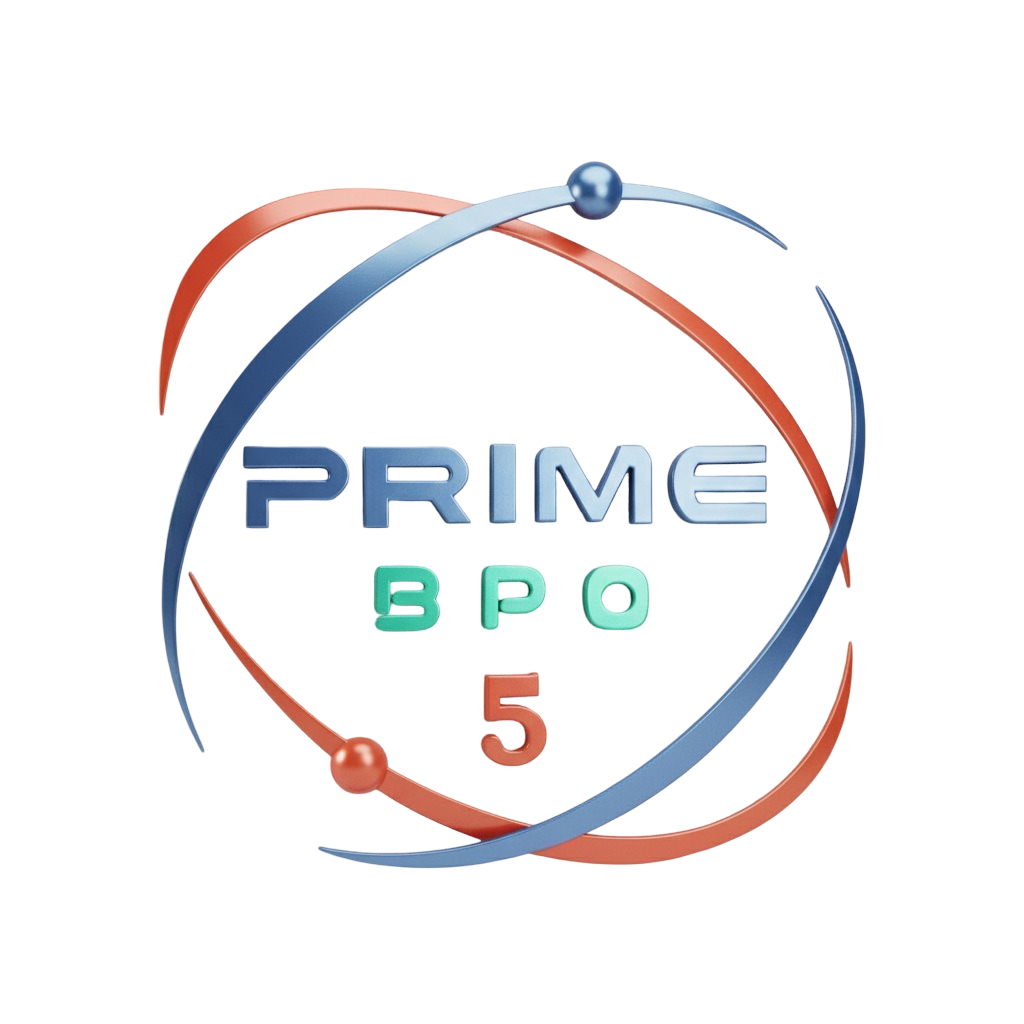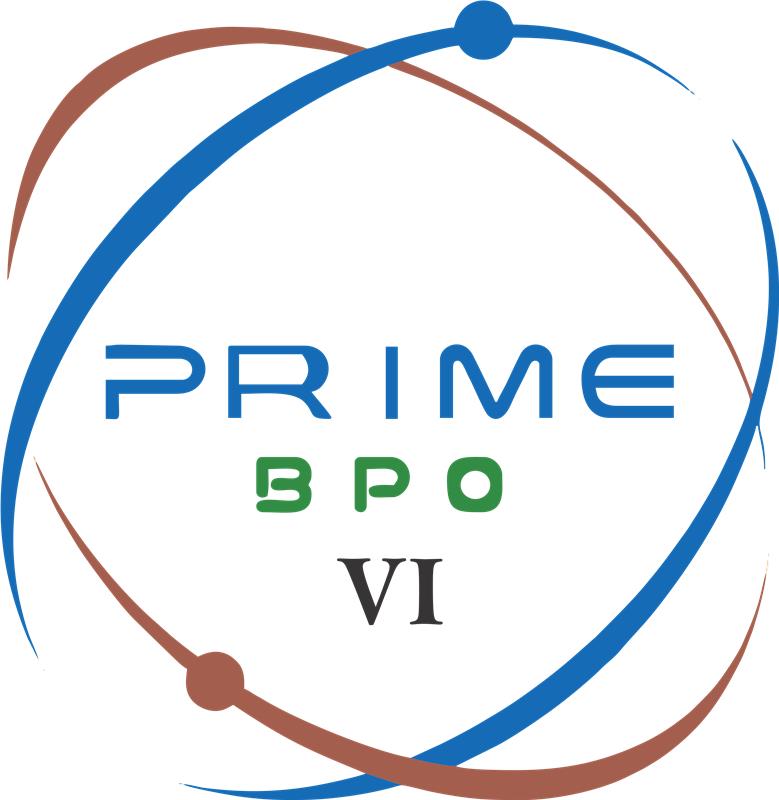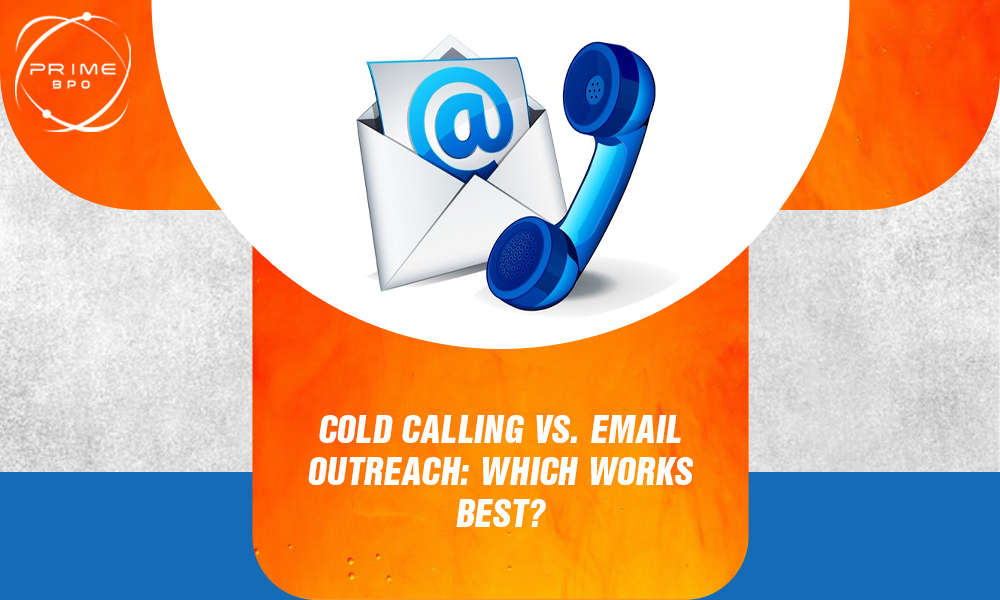Cold Calling vs. Email Outreach: Which Works Best?
Introduction
Reaching out to potential customers is a big part of growing any business. Two of the most common ways to do this are cold calling and email outreach. But which method works better? In this blog, we’ll look at both strategies in simple terms, compare their pros and cons, and help you decide which one is right for your business.
Whether you're a small business owner or a sales professional, understanding the strengths and weaknesses of cold calling and email outreach can help you get more responses, more leads, and better results. Picking the right method—or the right mix of both—can make a big difference in your success rate.
What is Cold Calling?
Cold calling means picking up the phone and calling someone you haven’t spoken to before. The goal is to introduce your product or service and try to start a conversation that could lead to a sale.
It is a very direct approach and has been used for decades in various industries. Cold calling is often considered an “old-school” tactic, but it remains relevant in many sales processes today. With practice and the right script, it can be a powerful tool.
Common Tools Used:
- Phone dialers
- CRM systems
- Call scripts
Key Metrics:
- Call-to-conversion rate
- Number of calls per day
- Time spent per call
Pros of Cold Calling:
- Immediate Interaction: You can speak with someone right away.
- Personal Connection: Voice helps build trust.
- Quick Feedback: You know right away if they’re interested.
Talking on the phone allows for more natural conversations. It’s easier to adjust your message based on how the person responds. You can hear their tone, ask follow-up questions, and create a more human connection.
Cons of Cold Calling:
- Time-Consuming: Each call takes time.
- Rejection is Common: Many people hang up.
- Can Feel Intrusive: Some people don’t like unexpected calls.
Some people are not comfortable with talking to strangers on the phone. Also, many decision-makers don’t answer calls from unknown numbers, which can make it harder to get through.
What is Email Outreach?
Email outreach means sending emails to people you haven’t contacted before. It’s a way to introduce your business and see if they’re interested in learning more.
It’s less personal than a phone call, but it allows you to reach more people at once. You can take time to craft your message and include links, attachments, or images to support your pitch.
Types of Email Outreach:
- Cold emails
- Follow-up emails
- Email drip campaigns
Tools Often Used:
- Mailshake
- Lemlist
- Hunter.io
- Gmail or Outlook
Pros of Email Outreach:
- Scalable: You can send many emails at once.
- Non-Intrusive: People can read it on their own time.
- Trackable: You can measure open and click rates.
Email outreach is great for building awareness and starting a conversation without pressure. It’s also easier to test different subject lines or messages to see what works best.
Cons of Email Outreach:
- Easily Ignored: Many emails are deleted or go to spam.
- Less Personal: It’s harder to build a connection.
- Slower Response Time: You might wait days for a reply.
Sometimes your email might not be seen at all, especially if it ends up in a spam folder. This makes follow-up emails very important.
Key Differences Between Cold Calling and Email Outreach
Let’s compare the two side by side:
|
Feature |
Cold Calling |
Email Outreach |
|
Communication Style |
Verbal |
Written |
|
Speed of Response |
Immediate |
Delayed |
|
Personalization |
High |
Moderate |
|
Cost |
Higher (time & tools) |
Lower (mass outreach) |
|
Analytics |
Limited |
Detailed (opens, clicks) |
Cold calling offers real-time communication, while email allows for a slower, more thoughtful exchange. Depending on your business goals, one may be more suitable than the other.
When to Use Cold Calling
Cold calling works best when:
- You sell high-ticket items that need a personal touch
- You want quick answers
- Your target audience prefers phone communication
- You have a skilled sales team
It’s a great method when the sale is complex or requires trust. Talking directly helps answer objections and clarify the offer on the spot.
Example: A B2B software company calling IT managers to schedule demos.
When to Use Email Outreach
Email outreach works best when:
- You need to reach a large group quickly
- You want to text messaging before calling
- You’re in a less urgent sales cycle
- You’re following up on previous interactions
It’s ideal for starting relationships and sharing detailed information. You can include links to your website, videos, or customer success stories.
Example: A marketing agency emailing small business owners to offer a free audit.
Can You Combine Cold Calling and Email Outreach?
Yes! In fact, using both can work even better than using one alone. This is called a multi-touch strategy.
Example Sequence:
- Send a cold email introducing your service.
- Wait 2 days.
- Follow up with a phone call.
- Send another email thanking them for their time or asking for a meeting.
Combining both channels helps reinforce your message. If the prospect didn’t respond to your email, they might remember it when you call. If they miss your call, they might see your email later.
Benefits of combining:
- Builds familiarity
- Increases response chances
- Appeals to different communication styles
Real-World Stats and Case Studies
Here are some numbers to help you compare:
- Cold Calling:
- Average success rate: 1-3%
- Best call times: Mid-morning or late afternoon
- Follow-ups increase chances by 70%
- Email Outreach:
- Average open rate: 15-25%
- Average reply rate: 1-5%
- Personalizing subject lines boosts open rate by 26%
Case Study Example: A startup tested both methods:
- Cold calling got 2 meetings out of 100 calls.
- Email outreach got 5 meetings out of 300 emails.
- Combining both led to 12 meetings in one month.
These results show that both methods can work, but the real power is in using them together.
Tips for Cold Calling
- Use a script but sound natural
- Smile while talking (it shows in your voice)
- Know your product and your prospect
- Listen more than you talk
- Always follow up
Confidence and preparation are key. Even if you get rejected, staying polite and professional leaves a good impression.
Tips for Email Outreach
- Personalize every message
- Use a clear and catchy subject line
- Keep it short and focused
- Include one clear call-to-action (CTA)
- Follow up if there’s no reply after 2-3 days
Think of your email like a conversation starter. Focus on the value you offer, not just the features of your product.
Mistakes to Avoid
In Cold Calling:
- Talking too much
- Not researching the prospect
- Sounding like a robot
- Giving up after one try
Don’t treat cold calling like a script-reading contest. Adapt to the person you’re talking to.
In Email Outreach:
- Sending generic emails
- Using spammy words
- Forgetting to follow up
- Writing long, boring messages
Make sure your email feels personal and relevant. Always proofread and check links.
Conclusion
Both cold calling and email outreach have their strengths. Cold calling is great for building personal connections quickly, while email outreach is perfect for reaching more people at once.
If your team has the time and skill to make good calls, cold calling can be highly effective. If you need to contact a lot of leads with fewer resources, email outreach may be the better option. But if you want the best results, combine both. A mix of calls and emails gives you more chances to connect.
Get Free Quotes
Customized Options Await
Key Takeaways
- Cold calling offers quick feedback and a personal touch.
- Email outreach is scalable, non-intrusive, and easy to track.
- Use both together for a better chance of success.
- Keep your message clear, short, and focused on value.
FAQs
Q1: Is cold calling still effective in 2025?
Yes, when done right, cold calling still works—especially in industries that value personal interaction.
Q2: How many cold emails should I send per day?
It depends on your system, but most tools let you send 50-200 emails/day without getting flagged.
Q3: Should I call before or after sending an email?
Try emailing first, then calling. It warms up the lead and makes them more likely to talk.
Q4: What’s the best time to make cold calls?
Late mornings (10 AM to 11:30 AM) and late afternoons (3 PM to 5 PM) often work best.
Q5: How many follow-ups are too many?
Usually 2-3 follow-ups are okay. Be polite, and space them out over a few days.






